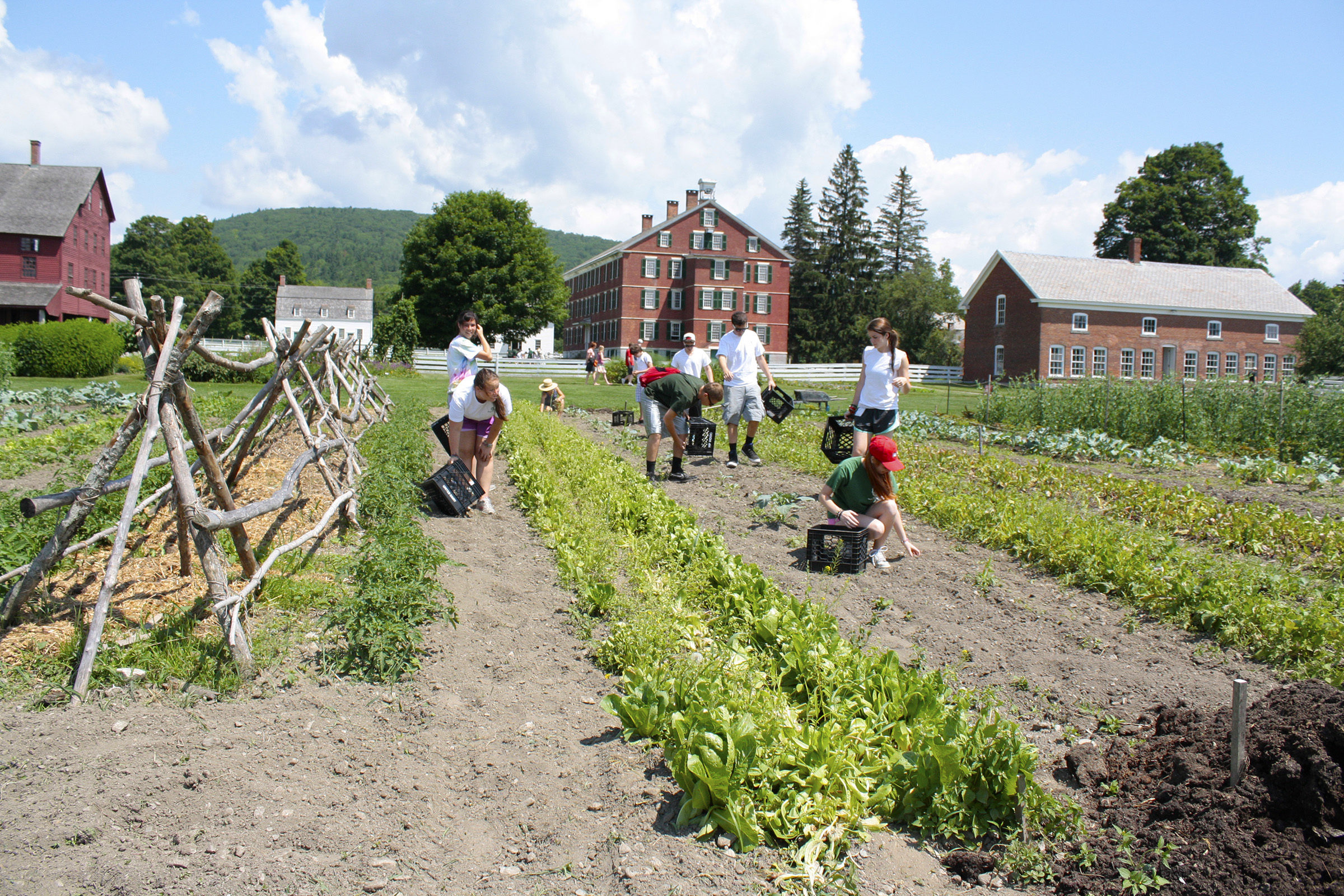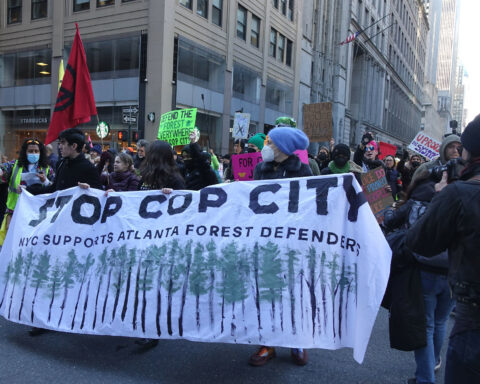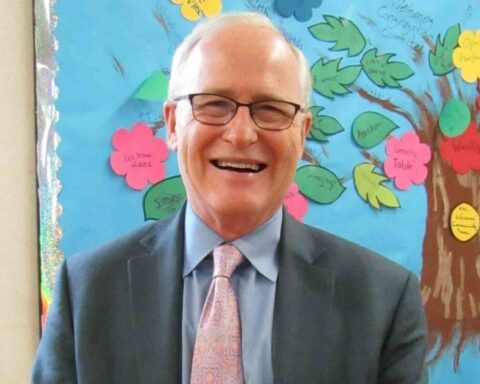The Mt Greylock School Committee will host a public forum on Tuesday, July 30, at 6pm in the MGRS cafeteria, to hear comments on the proposed artificial turf field for the high school, and we urge community members to attend. The Phase II Capital Gift Subcommittee—so named because its role is to determine how to improve the school’s outdoor sports facilities using a portion of Williams College’s $5 million gift—has proposed an artificial turf field and already prepared an RFP for bids. (The charge of “Phase I” is to provide for a District Office, drawing from the same funds.)
We are concerned that the Subcommittee has not sufficiently examined the full life-cycle costs of artificial turf, nor seriously considered natural grass fields as a compelling alternative. This due diligence—to weigh the costs of artificial turf versus those for quality grass fields—is essential, due to the health, safety, and environmental concerns that surround artificial turf.
The standard components of artificial turf—plastic blades of grass cushioned with crumb rubber infill made from used car tires—are known to contain endocrine disruptors, neurotoxins, and, especially, carcinogens; the only question is what effect exposure to these components has on growing children. Artificial turf fields are hot, easily 30–40°F hotter on average than grass (college games are canceled when field temperatures rise above 140°F, but no official limit currently exists for middle and high school games); they produce particularly bad “turf burn” when players slide; they harbor bacteria; and studies show higher rates of knee injuries among players.
Far from being “maintenance-free,” artificial turf fields need chemical disinfection treatments, fluffing, restocking of infill particles, and replacement in as little as 6–8 years, with the infill requiring disposal as hazardous waste. Of further concern, class action lawsuits have been filed against artificial turf companies in multiple states, and both the EPA and the Consumer Product Safety Commission have dropped their “Safe to Play On” endorsement of artificial turf.
For Mt Greylock, the life-cycle costs of a single artificial turf field would be higher than the cost of upgrading multiple athletic fields through organic management of natural grass. Investment in an artificial turf field will limit the resources available to care for the remaining grass fields.
We ask the School Committee to seriously investigate improving the quality of all the school’s playing fields, through established methods of organic turf management, from soil testing to aeration and overseeding.
Springfield, MA, implemented organic turf management of its athletic fields in 2012 with results that fully meet the community’s needs as documented by the Toxics Use Reduction Institute at UMASS Lowell (www.turi.org).
The expertise to pursue this solution exists. Why not be leaders in creating environmentally friendly natural-grass playing fields—and keep our kids safe?
Please join us at the forum on July 30.
Anne O’Connor
Peter Low
Bridget Spann
Nick Wright








